OCZ Vertex 3 (240GB) Review
by Anand Lal Shimpi on May 6, 2011 1:50 AM ESTThree months ago we previewed the first client focused SF-2200 SSD: OCZ's Vertex 3. The 240GB sample OCZ sent for the preview was four firmware revisions older than what ended up shipping to retail last month, but we hoped that the preview numbers were indicative of final performance.
The first drives off the line when OCZ went to production were 120GB capacity models. These drives have 128GiB of NAND on board and 111GiB of user accessible space, the remaining 12.7% is used for redundancy in the event of NAND failure and spare area for bad block allocation and block recycling.
Unfortunately the 120GB models didn't perform as well as the 240GB sample we previewed. To understand why, we need to understand a bit about basic SSD architecture. SandForce's SF-2200 controller has 8 channels that it can access concurrently, it looks sort of like this:
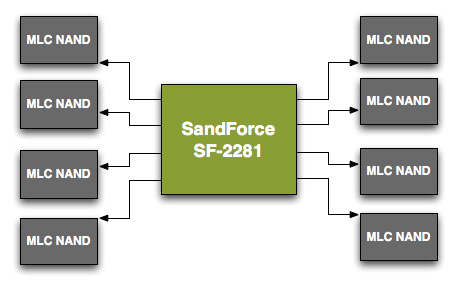
Each arrowed line represents a single 8-byte channel. In reality, SF's NAND channels are routed from one side of the chip so you'll actually see all NAND devices to the right of the controller on actual shipping hardware.
Even though there are 8 NAND channels on the controller, you can put multiple NAND devices on a single channel. Two NAND devices can't be actively transferring data at the same time. Instead what happens is one chip is accessed while another is either idle or busy with internal operations.
When you read from or write to NAND you don't write directly to the pages, you instead deal with an intermediate register that holds the data as it comes from or goes to a page in NAND. The process of reading/programming is a multi-step endeavor that doesn't complete in a single cycle. Thus you can hand off a read request to one NAND device and then while it's fetching the data from an internal page, you can go off and program a separate NAND device on the same channel.
Because of this parallelism that's akin to pipelining, with the right workload and a controller that's smart enough to interleave operations across NAND devices, an 8-channel drive with 16 NAND devices can outperform the same drive with 8 NAND devices. Note that the advantage can't be double since ultimately you can only transfer data to/from one device at a time, but there's room for non-insignificant improvement. Confused?
Let's look at a hypothetical SSD where a read operation takes 5 cycles. With a single die per channel, 8-byte wide data bus and no interleaving that gives us peak bandwidth of 8 bytes every 5 clocks. With a large workload, after 15 clock cycles at most we could get 24 bytes of data from this NAND device.

Hypothetical single channel SSD, 1 read can be issued every 5 clocks, data is received on the 5th clock
Let's take the same SSD, with the same latency but double the number of NAND devices per channel and enable interleaving. Assuming we have the same large workload, after 15 clock cycles we would've read 40 bytes, an increase of 66%.

Hypothetical single channel SSD, 1 read can be issued every 5 clocks, data is received on the 5th clock, interleaved operation
This example is overly simplified and it makes a lot of assumptions, but it shows you how you can make better use of a single channel through interleaving requests across multiple NAND die.
The same sort of parallelism applies within a single NAND device. The whole point of the move to 25nm was to increase NAND density, thus you can now get a 64Gbit NAND device with only a single 64Gbit die inside. If you need more than 64Gbit per device however you have to bundle multiple die in a single package. Just as we saw at the 34nm node, it's possible to offer configurations with 1, 2 and 4 die in a single NAND package. With multiple die in a package, it's possible to interleave read/program requests within the individual package as well. Again you don't get 2 or 4x performance improvements since only one die can be transferring data at a time, but interleaving requests across multiple die does help fill any bubbles in the pipeline resulting in higher overall throughput.
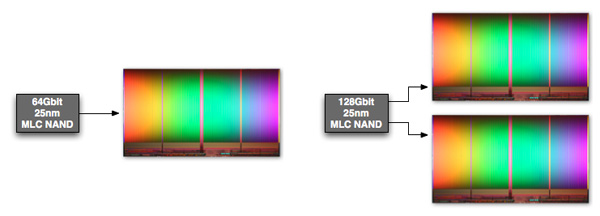
Intel's 128Gbit 25nm MLC NAND features two 64Gbit die in a single package
Now that we understand the basics of interleaving, let's look at the configurations of a couple of Vertex 3s.
The 120GB Vertex 3 we reviewed a while back has sixteen NAND devices, eight on each side of the PCB:
These are Intel 25nm NAND devices, looking at the part number tells us a little bit about them.
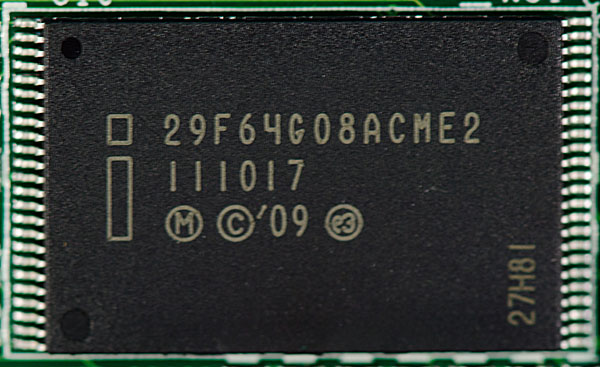
You can ignore the first three characters in the part number, they tell you that you're looking at Intel NAND. Characters 4 - 6 (if you sin and count at 1) indicate the density of the package, in this case 64G means 64Gbits or 8GB. The next two characters indicate the device bus width (8-bytes). Now the ninth character is the important one - it tells you the number of die inside the package. These parts are marked A, which corresponds to one die per device. The second to last character is also important, here E stands for 25nm.
Now let's look at the 240GB model:
Once again we have sixteen NAND devices, eight on each side. OCZ standardized on Intel 25nm NAND for both capacities initially. The density string on the 240GB drive is 16B for 16Gbytes (128 Gbit), which makes sense given the drive has twice the capacity.
A look at the ninth character on these chips and you see the letter C, which in Intel NAND nomenclature stands for 2 die per package (J is for 4 die per package if you were wondering).
While OCZ's 120GB drive can interleave read/program operations across two NAND die per channel, the 240GB drive can interleave across a total of four NAND die per channel. The end result is a significant improvement in performance as we noticed in our review of the 120GB drive.
| OCZ Vertex 3 Lineup | |||||
| Specs (6Gbps) | 120GB | 240GB | 480GB | ||
| Raw NAND Capacity | 128GB | 256GB | 512GB | ||
| Spare Area | ~12.7% | ~12.7% | ~12.7% | ||
| User Capacity | 111.8GB | 223.5GB | 447.0GB | ||
| Number of NAND Devices | 16 | 16 | 16 | ||
| Number of die per Device | 1 | 2 | 4 | ||
| Max Read | Up to 550MB/s | Up to 550MB/s | Up to 530MB/s | ||
| Max Write | Up to 500MB/s | Up to 520MB/s | Up to 450MB/s | ||
| 4KB Random Read | 20K IOPS | 40K IOPS | 50K IOPS | ||
| 4KB Random Write | 60K IOPS | 60K IOPS | 40K IOPS | ||
| MSRP | $249.99 | $499.99 | $1799.99 | ||
The big question we had back then was how much of the 120/240GB performance delta was due to a reduction in performance due to final firmware vs. a lack of physical die. With a final, shipping 240GB Vertex 3 in hand I can say that the performance is identical to our preview sample - in other words the performance advantage is purely due to the benefits of intra-device die interleaving.
If you want to skip ahead to the conclusion feel free to, the results on the following pages are near identical to what we saw in our preview of the 240GB drive. I won't be offended :)
The Test
| CPU |
Intel Core i7 965 running at 3.2GHz (Turbo & EIST Disabled) Intel Core i7 2600K running at 3.4GHz (Turbo & EIST Disabled) - for AT SB 2011, AS SSD & ATTO |
| Motherboard: |
Intel DX58SO (Intel X58) Intel H67 Motherboard |
| Chipset: |
Intel X58 + Marvell SATA 6Gbps PCIe Intel H67 |
| Chipset Drivers: |
Intel 9.1.1.1015 + Intel IMSM 8.9 Intel 9.1.1.1015 + Intel RST 10.2 |
| Memory: | Qimonda DDR3-1333 4 x 1GB (7-7-7-20) |
| Video Card: | eVGA GeForce GTX 285 |
| Video Drivers: | NVIDIA ForceWare 190.38 64-bit |
| Desktop Resolution: | 1920 x 1200 |
| OS: | Windows 7 x64 |


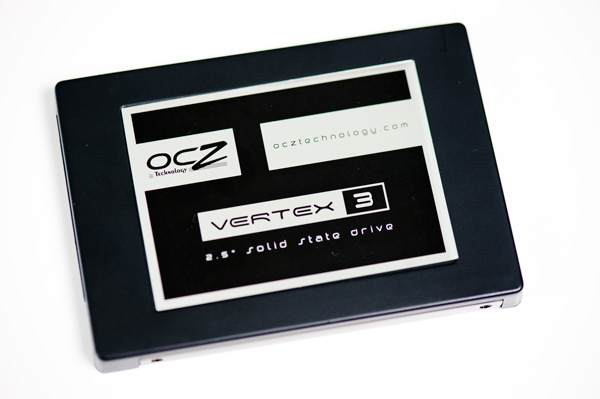
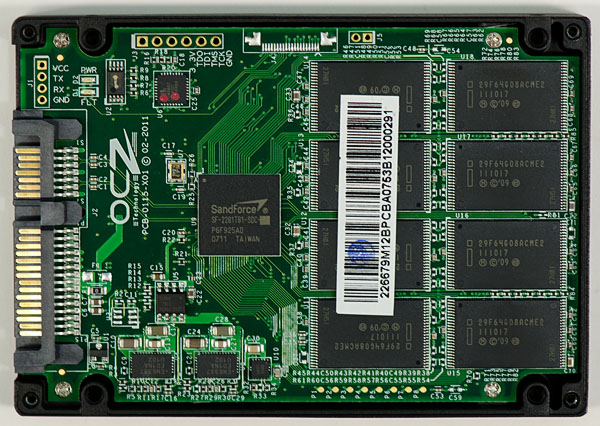
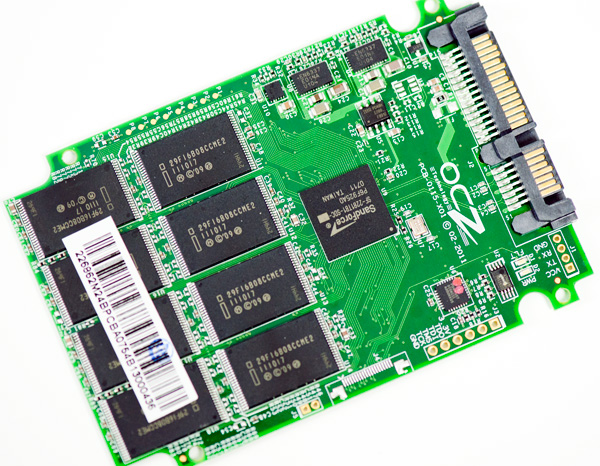
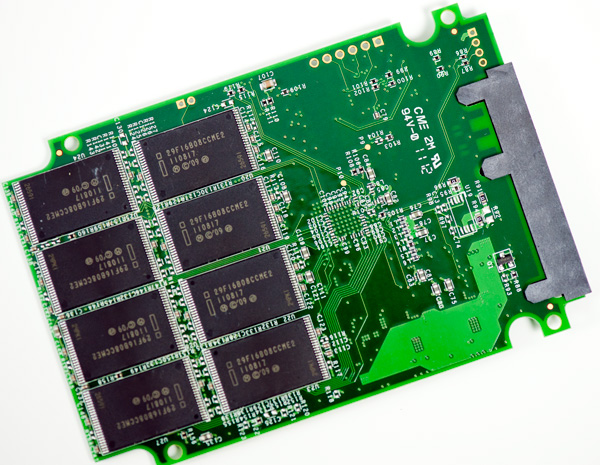
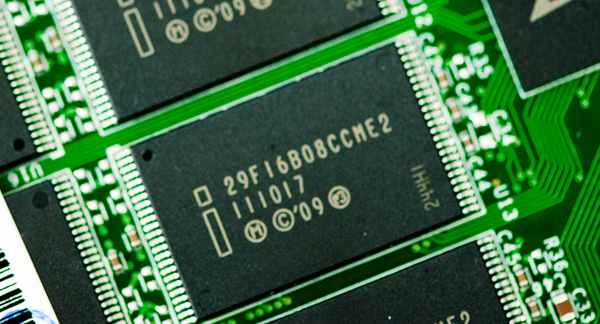








90 Comments
View All Comments
fowldogs - Friday, May 6, 2011 - link
Anand,I have recently researched which SSD to purchase and from several reviews, your's as well as many others, the OCZ Vertex 2 or 3 seemed like the best choice for performance. However, as I read consumer reviews on different shopping sight (Newegg, Amazon, etc), the Vertex 2 and 3 drives received numerous low reviews; including many that said the drive died on them soon after purchase.
Can you shed any light on this? Have you had any discussions with OCZ about their quality? I know that Mac's can be very finicky about SSD drives, but it seems many PC users were encountering problems too.
For now, I have decided on a Crucial drive, but I would like to know more about the quality issues of OCZ.
Omid.M - Friday, May 6, 2011 - link
If it's a ribbon cable issue for the 6 Gbps interface, then it would make the most sense to get the Intel 320 series SSD. Take a look on MacRumors about this drive versus Vertex 3 in the MBP, especially the 2011 models.Many more people are having good luck with Intel 320 than with Vertex 3. Sad.
Maybe someone should tweet and email OCZ about it, given how closely they seemed to be working with AnandTech to address reliability issues?
@moids
dagamer34 - Friday, May 6, 2011 - link
Always follow the law of reviews: no one actively thinks to leave a positive review, people always glamor for attention with negative reviews.darwinosx - Friday, May 6, 2011 - link
Yes but there is a critical mass of people with issues and much commonality among their complaints so that doesn't really work here.seapeople - Saturday, May 7, 2011 - link
Yes, but when Intel drives get 3% of 1-star ratings and the Vertex 2 gets 20% of 1-star ratings with numerous people claiming multiple RMA's, it makes you think there's a significant difference in reliability.Anand Lal Shimpi - Friday, May 6, 2011 - link
Perhaps a little background is in order :)Whenever I hear about a failure of any component from one of our readers (either via a comment, email, twitter, etc...), I forward it on to the manufacturer of the product. Usually this results in two things: 1) the AT reader getting taken care of a little quicker than normal, and 2) the manufacturer getting the faulty product back sooner so they can figure out what went wrong. I do this with all products but SSDs are the most common given the large amount of growing pains we've had there as an industry.
For a while there I was spending a lot of time talking to OCZ about failed Vertex 2s. Unfortunately I was traveling a lot at the start of it and didn't have time to pursue in great depth, but I alerted OCZ that there seemed to be a growing trend and asked for an explanation. Meanwhile I believe OCZ also saw the same trend, determined a root cause and addressed it.
OCZ has the problem of being a relatively small company competing amongst much larger ones in the SSD space. As a result there's pressure to scale production but it's near impossible to quickly scale without missing something and it seems like quality has suffered at distinct points in its history. Each time OCZ usually makes good by its customers, but it's still a risk associated with buying from a smaller company vs. an Intel for example. I do believe the trend is generally positive, I do expect the Vertex 3 to be more reliable and consistent than anything in OCZ's past - but for utmost reliability, Intel seems to have the best return rates in the industry for SSDs.
I have been meaning to check out OCZ's new manufacturing facilities which may give me some more insight into its investment in production and testing. I know on the validation side OCZ is leaps and bounds better than it was 2 years ago (I spent a lot of time discussing validation with OCZ back in the Vertex 1, Vertex 2 and Core days) but I'm not sure where they stand in terms of production.
The Mac problems I believe are separate. There's a problem with some (not all) MBPs and some SSDs but I can't figure out what. OWC seems to think that the problems on the 17-inch 2011 MBPs are related to EMI and Apple's quirky SATA cable - I suspect this may extend to all of the models, I honestly just haven't had the time to test it.
Take care,
Anand
darwinosx - Friday, May 6, 2011 - link
OWC is the one that made the false claims about OCZ ram specs (which you debunked) and they also sell a replacement cable. So I don't take anything they say very seriously. Weren't you the one who said manufacturers should ship to get things out even if they weren't quite ready? A post I strongly disagree with and is likely the cause of OCZ's troubles.cactusdog - Friday, May 6, 2011 - link
Its really a shame you get a big performance hit with the 120GB version. Its easy to see how the marketing works.....first release the fast 240Gb version, once the reviews are up, release the slower mainstream 120GB version and hope no one looks at the fine print.thornburg - Friday, May 6, 2011 - link
I realize that you're a big believer in the SandForce drives, but where are the reviews of other products?Is Intel the only one able to get any coverage?
Where are the reviews of the new Samsung SSDs?
NCM - Friday, May 6, 2011 - link
Somebody is sure in love with their 4-die NAND packages! Enough that the 480GB drive costs well over triple the price of the 240GB version, even though virtually everything but the NAND should be the same. I could see a 480GB SSD for a grand, but $1800? (Or a 320GB for $750.) That's silly money, and a self-fullfilling prophecy to boot: they don't sell because they're so expensive because there's no production volume.Anand, to repeat somebody else's request in one of your previous SSD reviews, could you please include a typical 5400 rpm laptop drive in your power consumption comparisons? (The Seagate Momentus XT 500 hybrid doesn't really count as typical.)